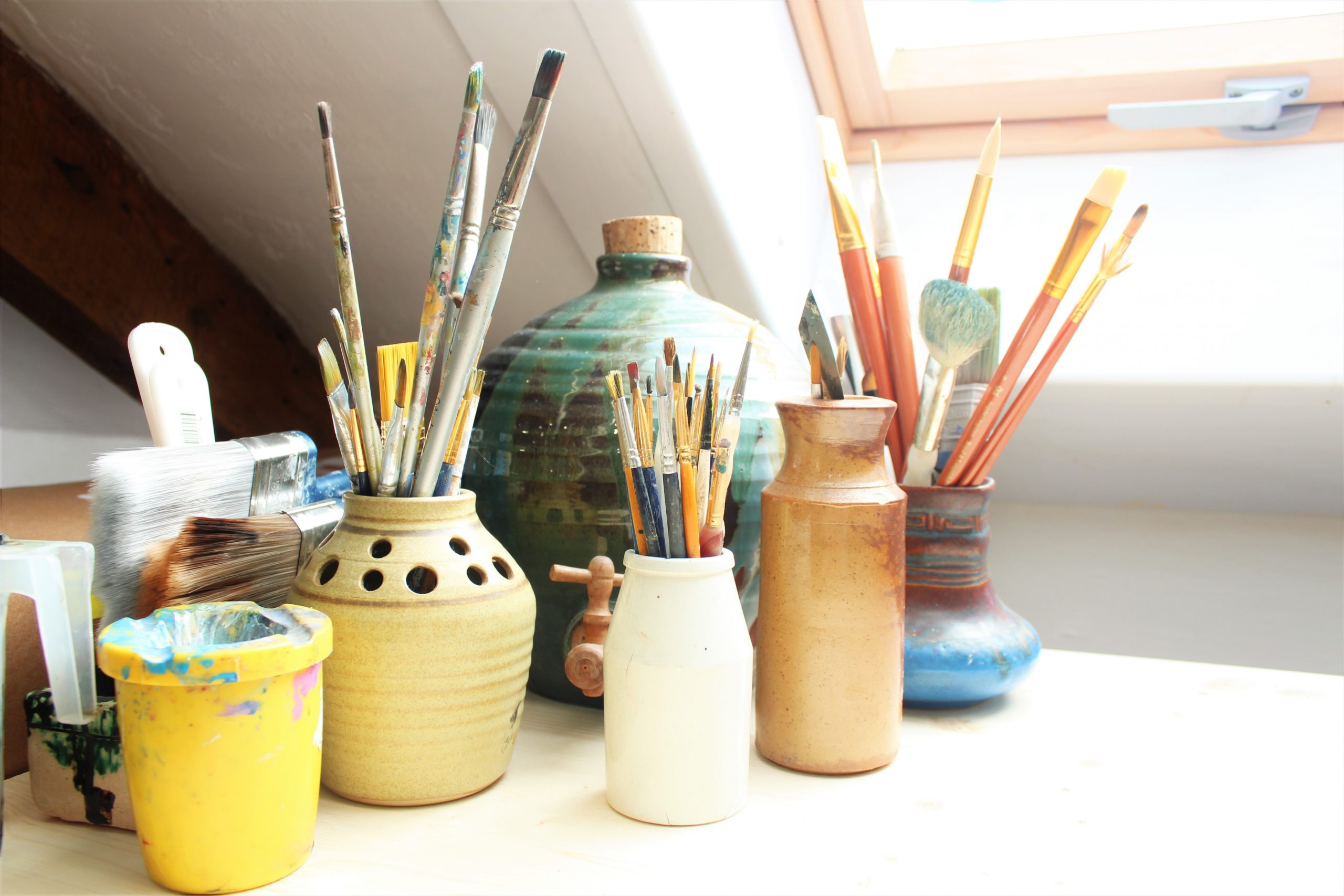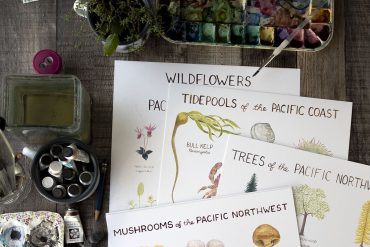Writing isn’t the easiest process for most designers to do. Sure, we can write our blogs (which I highly recommend) and perhaps the About page for our website and a clever quip or title for a design. But a reflective artist’s statement? Nah. Who has time for that? The answer: we had better.
I’m increasingly realizing that a reflective artist’s statement is something designers should make the time for in their design process. Perhaps a reflective artist’s statement should become as commonplace as creating a trend board, or a collection snapshot. With so many designers and artists searching for their style and creating art that makes their heart sing, writing just might be the answer that we’ve waited for. And it has been in front of us the whole time!
Reasons why writing a reflective artist’s statement is important
Last month we came together in the Textile Design Lab community and worked through a reflective artist’s statement exercise. This is the same one that I’ll share in this post. The experience was eye opening for many designers, including myself. I can think of countless benefits to this exercise. Let’s begin with the few that have really stood out to me and our community members:
- You’ll create a Deeper Connection with your design process. Through this exercise I was able to quickly identify what creative exercise and process led to the work that I most enjoyed creating last year. This bit of information is invaluable because I can replicate it again in the future. I know this should be obvious: replicate what you enjoyed doing. However, when I get busy, I fall back on what is comfortable. Last year was rewarding but far from comfortable. I created new work that helped me grow as an artist. The process I used is what is described here.
- You’ll improve and grow more quickly. Writing a reflective artist’s statement allows us to begin viewing our work and our process for what it truly is, not what we believe it to be. We have these preconceived notions about our artwork and who we are as designers and artists. But repeatedly reflecting on our work through writing will allow us to see trends, themes, and repeated observations in terms of the inspiration for our work, the tools we choose to create with, and the problems that we face. By having this process documented and clearly apparent to us, we’ll are better prepared to make small improvements with each collection or project that we tackle.
- You’ll bring closure to the project. As commercial artists, it can be months or years before we see our work on the final product, if ever. We all have designs in our design library that we know will never be sold or make it out of our digital library. Writing a reflective artist’s statement is one way that we can bring closure to the project. We’re able to reflect on the process, gain immense knowledge for moving forward, and then do our best to find that collection a home for the future through marketing and network connections.
How to Write A Reflective Artist’s Statement
With pen and paper, or google doc in hand, let’s get started with this reflective artist’s statement process. Many of these questions are from a great blog post by Miranda Aschenbrenner, but I have changed it a bit to fit our market and process more closely.
Close your eyes and reflect on what you have designed within the last 12 months. As you are searching through these memories, try to remember that collection or project or individual design that felt so good to create. It might not have been the easiest piece to create, or the most polished or well received design that you created, but it felt right. It felt in line with who you are and what you want to create. It felt like a sigh of relief, or like something just clicked into place.
Once you have this piece in mind, Let’s begin our writing practice:
- What was the inspiration source for the collection or design? Were you inspired by a daily design challenge? A supplied trend board? A client brief? A photograph that you took?
- What was the very first step that you took to create the design? Did you sketch or paint your motifs on paper? Did you draw in Fresco or Procreate? Did you create a mood board? Think of the details here. Consider the particular brush, program, or support that you chose.
- Why did you choose that method over a different method?
- What problems did you encounter?
- How did you solve them?
- Were their issues you couldn’t solve?
- What worked well and why?
- What did you learn in this project that you can apply in the next?
Through these questions the information needed for crafting a complete reflective artist’s statement are attained.
Tools for Collecting Your Reflective Artist’s Statement
So, where is the best place to capture all of these thoughts and reflective artist’s statements? I use a boring, uninspiring Google doc, but I’m just that kind of gal. I know that many of you are not, and you appreciate a well-designed journal, so I’ve chosen a few from Minted that I find to be incredibly inspiring. Or consider getting your own journals printed through a print on demand company such as Printify. Some links used within this section are affiliate links, which means I’ll receive a small commission if a purchase is made on their site. Thanks for your support!
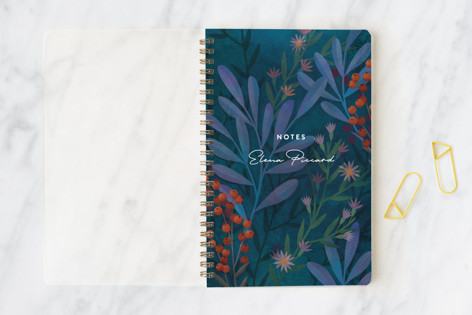
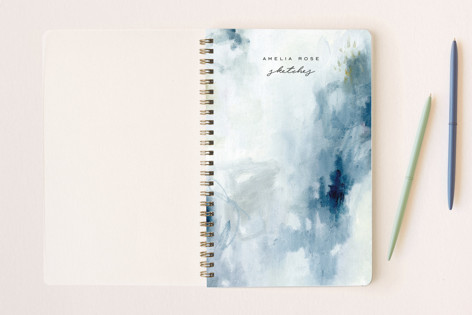
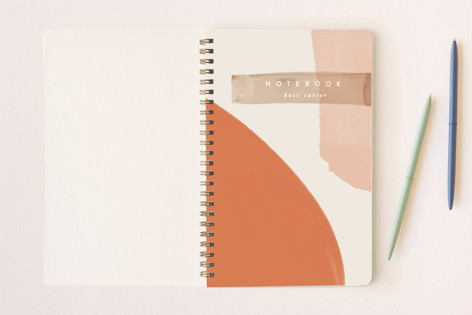
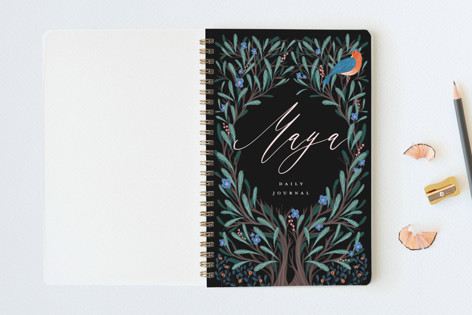
It’s time to reminisce about what you’ve done in design and learn where you wish to go. This begins with a reflective artist’s statement, which is a wonderful way to tap into your work history and how it can help in creating inspiring work with processes that work for you in the future.

